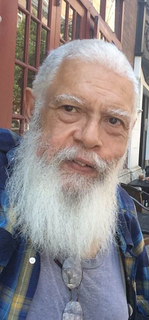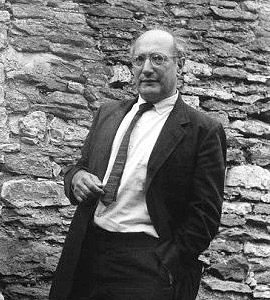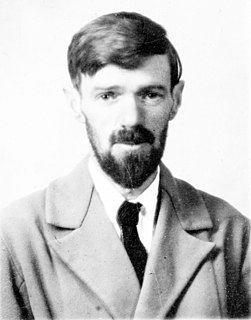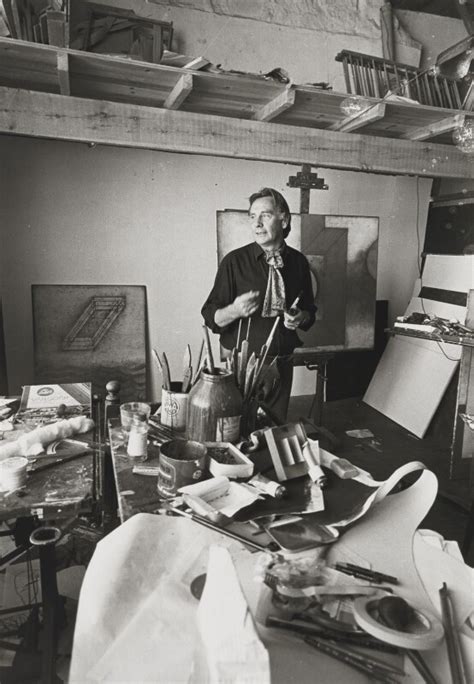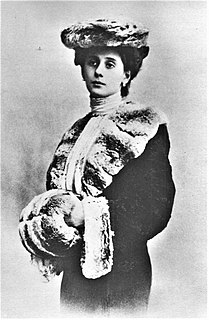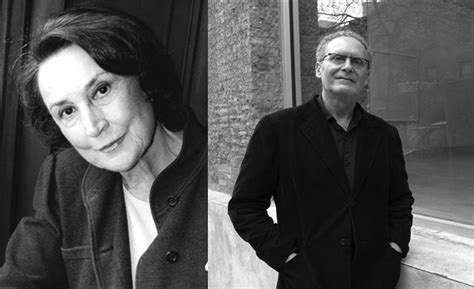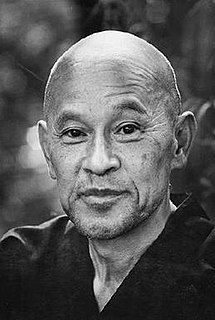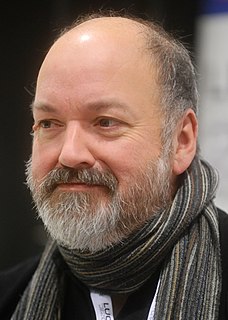A Quote by Samuel R. Delany
It’s a very new, not to mention vulgar, idea that the spectator’s experience should be identical to, or even have anything to do with, the artist’s.
Related Quotes
The artist has some internal experience that produces a poem, a painting, a piece of music. Spectators submit themselves to the work, which generates an inner experience for them. But historically it's a very new, not to mention vulgar, idea that the spectator's experience should be identical to, or even have anything to do with, the artist's. That idea comes from an over-industrialized society which has learned to distrust magic.
I believe that one of the most important properties of a work of art is an attempt to reconcile opposites, and in their fusion to achieve a 'wholeness' or 'oneness,' the experiencing of which should be revelatory - both for the artist and the spectator - something akin to the experience of enlightenment in terms of religion.
I should also mention that the Neue Galerie is piping music into the galleries where "Klee and America" is hanging, a practice for which vulgar is not even close to the word. Yes, I like Schumann's Carnaval, but I'm damned if I know why anybody thinks the paintings of Paul Klee profit from being viewed with Carnaval playing in the background.
People should go to the works and experience them. Because just having an idea or picture in mind is absolutely not the experience that's necessary. Even just landing in Albuquerque or Salt Lake City or Las Vegas was immediately part of the experience. And then you'd get in a car from the airport and take these very long trips - in Michael Heizer's case, it was three hours by car to get to his work. And then there's walking around and into the piece and seeing it from different angles. The kinetic experience of being a part of it physically was very important for me.
And we should forget, day by day, what we have done; this is true non-attachment. And we should do something new. To do something new, of course we must know our past, and this is alright. But we should not keep holding onto anything we have done; we should only reflect on it. And we must have some idea of what we should do in the future. But the future is the future, the past is the past; now we should work on something new.
However intense my experience, I am conscious of the presence and criticism of a part of me, which, as it were, is not a part of me, but a spectator, sharing no experience, but taking note of it, and that is no more I than it is you. When the lay, it may be the tragedy, of life is over, the spectator goes his way. It was a kind of fiction, a work of the imagination only, so far as he was concerned.
I do very, very, very simple, skimpy doodles, nothing too committed. Because people tend to fall in love if they like it - if you color it in and they like it, then they want exactly those colors, even if they were just indications. You really have to do it as simple as possible so they can concentrate on the idea and composition. And then all of the energy goes into making the final piece. And the final piece can be anything - it can be a drawing, a painting, a collage - and usually, it's obvious what that should be. Usually, the idea dictates what medium you use.
